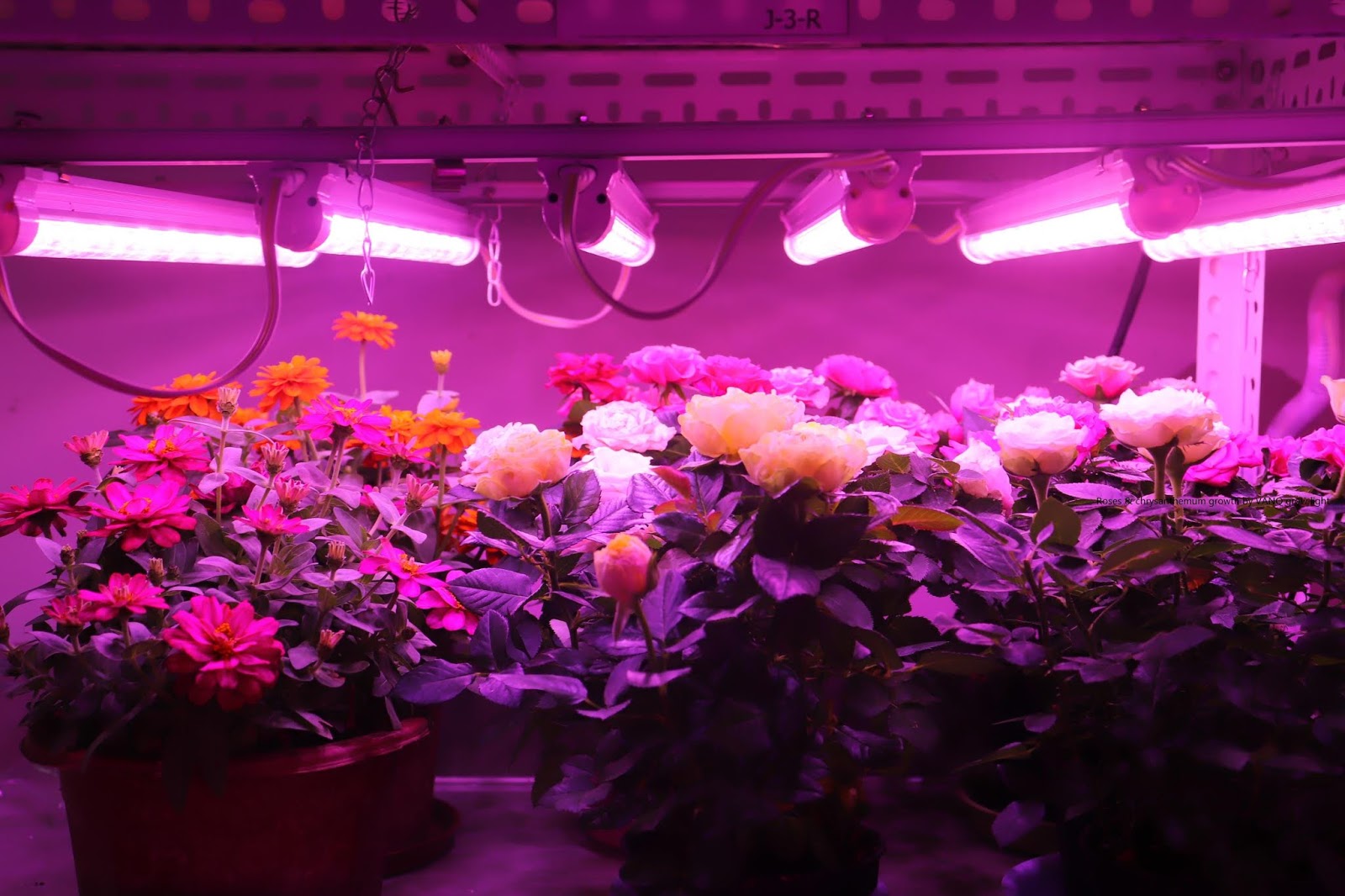How to Grow Ocimum Basilicun L without Soil?
Ocimum basilicun L, alias orchid, hairy basil, sweet basil, nine-story tower, etc., is an annual herb of the Lamiaceae Ocimum. Now let’s talk about how to cultivate basil without soil.
1. Soaking seeds
Seedlings are generally seeded with seedlings, and seeds are soaked prior to sowing.
First add cold water and a thermometer to the beaker, then slowly add hot water to stir and observe the temperature, stop adding water at about 50 °C. Put the seeds into the beaker and stir well to make the seeds evenly heated.
When the temperature drops, continue to add hot water to maintain the temperature for 15 min, naturally cool, and continue to soak the seeds to make the seeds absorb water. After soaking seeds, there will be a layer of sticky material on the surface of the seed, which will be easily rotted during the germination process.
Therefore, the seeds should be rinsed repeatedly with water to remove the surface mucus. Then place the seeds in a gauze bag, rinse the water, cover with a wet towel, and keep warm (Heat) to keep simmering.
2. Nursery
In the greenhouse (indoor) nursery, high temperature season needs to be a certain shade; take the tray seedling, seedling substrate using seedling peat, after the tray is packed with the substrate, watering until the bottom of the tray has water seepage, each hole seeding 2 to 3 grains, covering the thickness of the substrate 5 cm.
The top of the tray is covered with non-woven fabric for moisturizing and heat preservation. The seed germination is suitable for 20 ~ 25 °C, and it can be emerged after 3 to 4 days.
3. Refining
The seedlings should be refined 1 week before planting to enhance the adaptability of the seedlings. The whole seedling period should have good lighting conditions.
Only before the seedlings are slowed down, if the temperature is too high at noon, it should be properly shaded. The water consumption during the seedling period is small, and the water is sprinkled with a watering can and poured through once.
Colonization and post-management When the seedling height is about 10 cm and there are 4 to 5 true leaves, it can be colonized.
4. Cultivation substrate
The cultivation substrate is prepared according to the ratio of peat: vermiculite: perlite = 6:3:1, and 100 g of 50% carbendazim wettable powder is added every 1 m3, and the mixture is uniformly mixed.
At the beginning of growth, the substrate is generally moist, and as the leaf area of the plant increases, sufficient supply of water is ensured.
5. Nutrient solution
During the seedling slow seedling period, it is not necessary to water the nutrient solution. After about 1 week, the nutrient solution can be prepared in the reservoir.
The specific concentration is adjusted according to the growth period of the plant. The nutrient solution should be used in the vegetative growth stage, and the flowering period is slightly increased. Concentration; the pH of the nutrient solution is 5. 5 ~ 6. 5 is better; nutrient solution is a high nitrogen formula.
6. Cutting propagation
The cuttings of the stalks of the basil stalks are prone to adventitious roots, and a small amount of cultivation can be used for cutting propagation.
Select the branches of 6 to 7 knots, select the bases 3 to 4, remove the lower leaves, retain only the growth points, and insert them into the trays.
It is best to choose a highly permeable matrix and insert half of the branches obliquely into the matrix, pouring the water and cutting. The shading net is used for shading for the first 3 days after cutting, and then the shading net is gradually removed. Keep the substrate moist. When the root system is sound, it can be planted.
7. Seed collection
Harvesting and seeding When the seedling height is 20 cm, the shoots of the main stem have 4 pairs of leaves and tender shoots, and the young stems of the lateral branches are harvested to promote the emergence of new shoots, so that the branches are semi-spherical, every 5 ~ 7 d Harvested once.
Basil live, when the seedling height is 6 ~ 7 cm, the seedlings can be properly used for food. After the flowering of the plant, the leaves will become hard and lose the value of food. Therefore, the flower buds should be removed at any time during cultivation to promote new shoots.
Seed collection and selection of robust plants do not harvest tender stems and leaves, usually harvested 35 to 40 days after flowering, after a few days of harvest, seed can be harvested.
8. Pest control
Basil’s natural aroma has the ability to repel insects, and has fewer pests and diseases. It is prone to powdery mildew and aphids (subclass: winged subclass) in cultivation, and should be prevented in time.
The main pests are aphids, red spiders (baiduspider) and whitefly, and can be used as appropriate to control pyrethroid pesticides or organisms, such as the use of smoked agents, scorpion bees, etc.
Vanqled.com provides professional LED grow lights, we also accept LED lights customized service. Have any needs for LED growth lighting, please feel free to contact us.






评论
发表评论